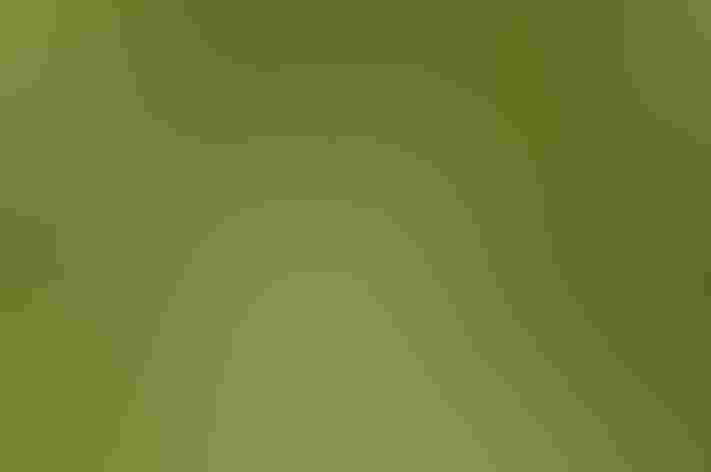Black-capped Vireo
At a Glance
All bird guide text and rangemaps adapted from Lives of North American Birds by Kenn Kaufman© 1996, used by permission of Houghton Mifflin Harcourt Publishing Company. All rights reserved.
Category
Perching Birds, Vireos
IUCN Status
Vulnerable
Habitat
Forests and Woodlands, Shrublands, Savannas, and Thickets
Region
Plains, Texas
Population
220.000
Range & Identification
Migration & Range Maps
Generally arrives in Texas in April, departs in September. Migrates toward the southwest in fall, wintering along west coast of Mexico.
Description
4 1/2 -4 3/4" (11-12 cm). Male's black hood contrasts with white spectacles and throat, red eyes. Greenish back, yellow wash on sides, with two wing-bars. Female has slaty, not black, head; suggests Blue-headed Vireo but smaller, with much darker head.
Size
About the size of a Sparrow
Tail Shape
Notched, Square-tipped
Songs and Calls
Harsh and varied phrases, sometimes musical.
Habitat
Oak scrub, brushy hills, rocky canyons. Breeds on hot dry hillsides with dense thickets of brush, especially scrub oaks, often with many openings or gaps rather than solid cover. Winters in Mexico in dense thickets and woodland edges, especially in foothills and lowlands.
Sign up for Audubon's newsletter to learn more about birds like the Black-capped Vireo
Behavior
Eggs
3-4, rarely 2-5. White, unmarked (most other vireos lay spotted eggs). Incubation, by both parents, averages about 15 days, surprisingly long for small size of bird.
Young
Both parents feed nestlings. Young leave the nest about 10-12 days after hatching, and may be cared for by parents for more than another month. Sometimes male is left to care for first brood while female begins 2nd nesting attempt.
Feeding Behavior
Forages more actively than most vireos, moving among branches and twigs in dense cover, sometimes hanging upside down like a chickadee to take items from underside of foliage.
Diet
Mostly insects, some berries. Feeds mainly on insects in summer; diet not known in detail, but eats many caterpillars, beetles, small grasshoppers and crickets, and others, as well as spiders. Also eats some berries and small fruits. Winter diet poorly known, but may include more berries.
Nesting
Male defends territory by singing frequently through much of breeding season. In courtship, male sings while following female; may also perform short song-flight. Nest: Placed in low scrubby oak or other dense shrub, usually 2-6' above ground, rarely higher. Both parents help build nest, a small hanging cup suspended in the horizontal fork of a twig. Nest is made of grass, strips of bark, weeds, leaves, bound together with spiderwebs; inside is lined with fine grass.
Conservation
Conservation Status
Vulnerable. Disappeared from many former haunts by the 1980s owing to loss and degradation of habitat and heavy nest parasitism by Brown-headed Cowbirds. Listed as endangered in 1987. Cooperative efforts by federal and state agencies and private landowners helped to reverse its decline. By 2018, recovery efforts were successful enough that the vireo was removed from the endangered species list.
Climate Threats Facing the Black-capped Vireo
Choose a temperature scenario below to see which threats will affect this species as warming increases. The same climate change-driven threats that put birds at risk will affect other wildlife and people, too.



